

Poco F6 Recently launched as India's first Qualcomm Snapdragon 8s Gen 3 chipset-powered phone. With a retail price of around Rs 30,000, the device is facing major challenges to compete in the competitive price segment.
In this price range, Poco X6 ProWith MediaTek Dimensity 8300 Ultra, the POCO F6 is the best alternative. Let's see how the POCO F6 fares against the POCO X6 Pro.
POCO F6 vs POCO X6 Pro: Specifications at a glance
|
Glasses |
Poco F6 |
Poco X6 Pro |
|
Display |
6.67-inch 1.5K AMOLED panel, 120Hz refresh rate, 1200 nits, 446ppi, 1220×2712 resolution, Corning Gorilla Glass Victus |
6.67-inch 1.5K AMOLED panel, 120Hz refresh rate, 1800 nits, 446ppi, 1220×2712 resolution, Corning Gorilla Glass 5 |
|
DIMENSIONS |
160.5 x 74.5 x 8 mm |
160.5 x 74.3 x 8.3 mm |
|
weight |
179 grams |
186/190 grams |
|
software |
Android 14-based HyperOS |
Android 14-based HyberOS |
|
rear camera |
50MP primary, 8MP ultrawide |
64MP primary, 8MP ultrawide, 2MP macro |
|
front facing camera |
20MP selfie shooter |
16MP selfie snapper |
|
Video Record |
4K at 60fps |
4K at 40fps |
|
Society |
Qualcomm Snapdragon 8s Generation 3 |
MediaTek Dimensity 8300 Ultra |
|
The battery is charging |
5,000mAh battery, 90W charging |
5,000mAh battery, 67W charging |
|
storage |
8GB/12GB RAM and 256GB/512GB UFS 4.0 storage |
8GB/12GB RAM and 256GB/512GB UFS 4.0 storage |
|
colour's |
Black, Green, Titanium |
Black, Yellow, Grey |
POCO F6 vs POCO X6 Pro: Price in India
|
Poco F6 |
Poco X6 Pro |
|
Rs 29,999 for 8GB/256GB |
Rs 26,999 for 8GB/256GB |
|
Rs 31,999 for 12GB/256GB |
, |
|
Rs 33,999 for 12GB/512GB |
Rs 28,999 for 12GB/512GB |
POCO F6 vs POCO X6 Pro: Design
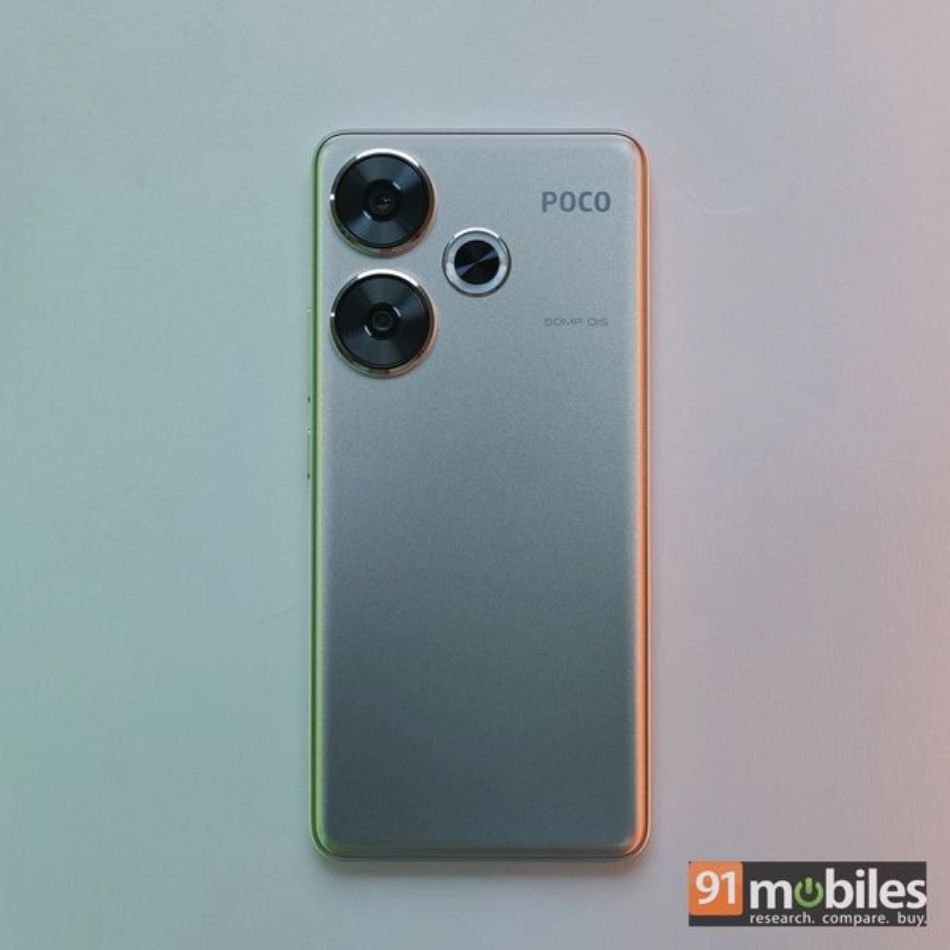
The POCO F6 features a plastic unibody design, flat edges, and a textured, shimmery back panel. The phone is lightweight and comfortable for long-term use, weighing just 179 grams. Moreover, it is IP64-rated for dust and water resistance.
The POCO X6 Pro has a prominent camera deco that protrudes slightly, which prevents shaking when laid flat and has curved edges for a comfortable grip. At 179 grams, it is lighter and should be more comfortable to use one-handed. However, exposing it to heavy rain would not be a good idea, as the handset is only IP54 certified.
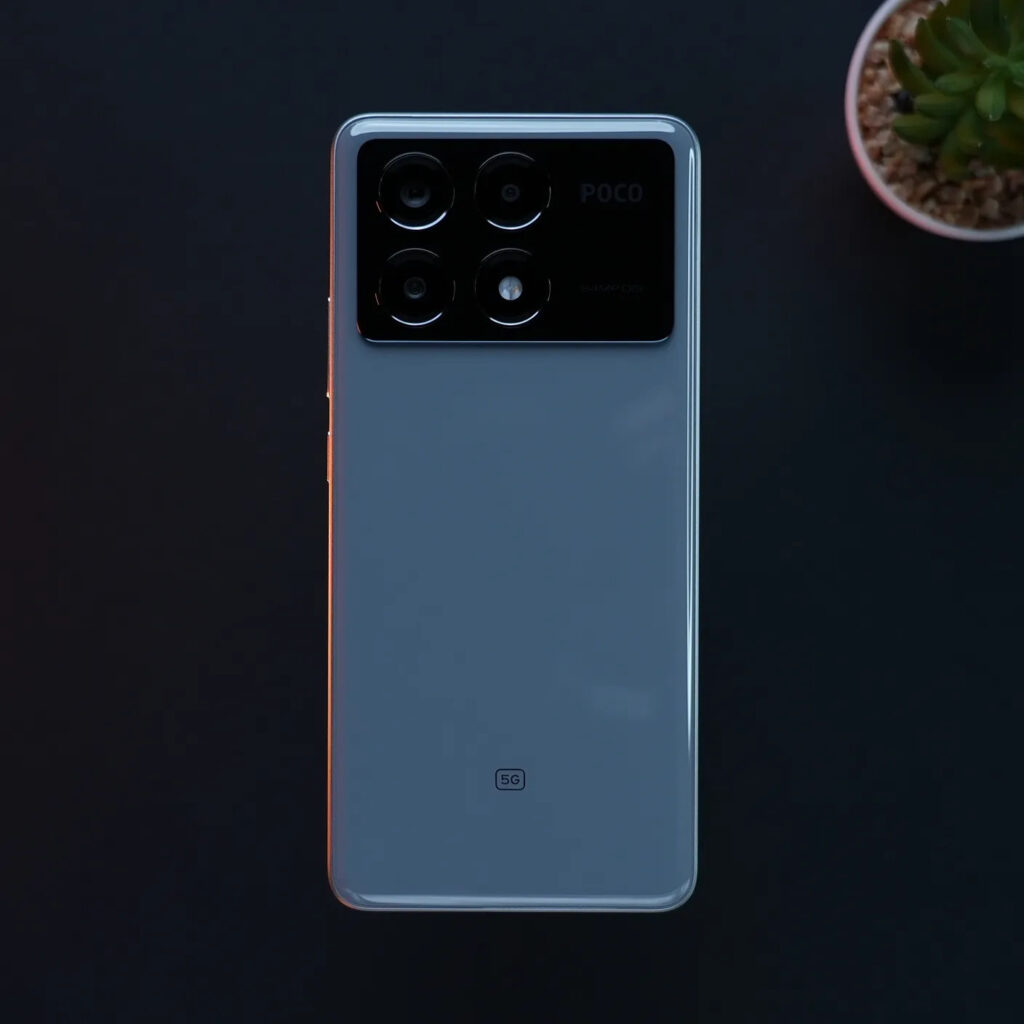
POCO F6 vs POCO X6 Pro: Display
The POCO F6 sports a 6.7-inch 1.5K AMOLED display with a maximum brightness of 2,400 nits, ensuring excellent readability even under direct sunlight. Gorilla Glass Victus protects the display and supports Dolby Vision and HDR10+ for an enhanced viewing experience.
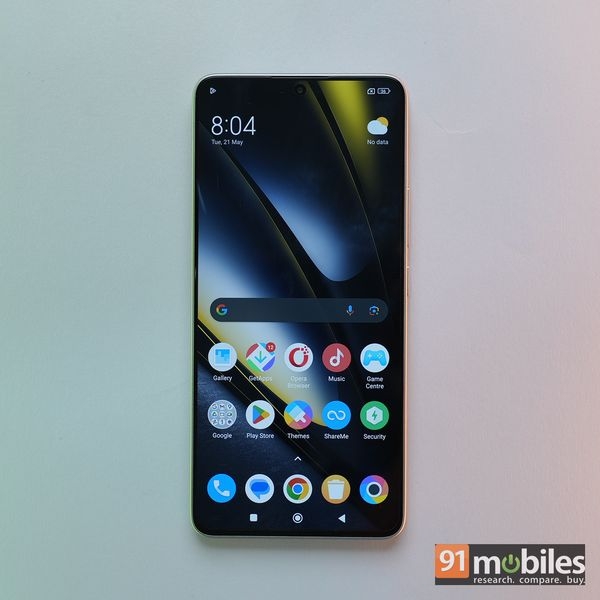
The POCO X6 Pro sports a 6.67-inch AMOLED display with a 120Hz refresh rate, 1,800 nits of peak brightness, and Gorilla Glass 5. You also get Dolby Vision and HDR10+ support.
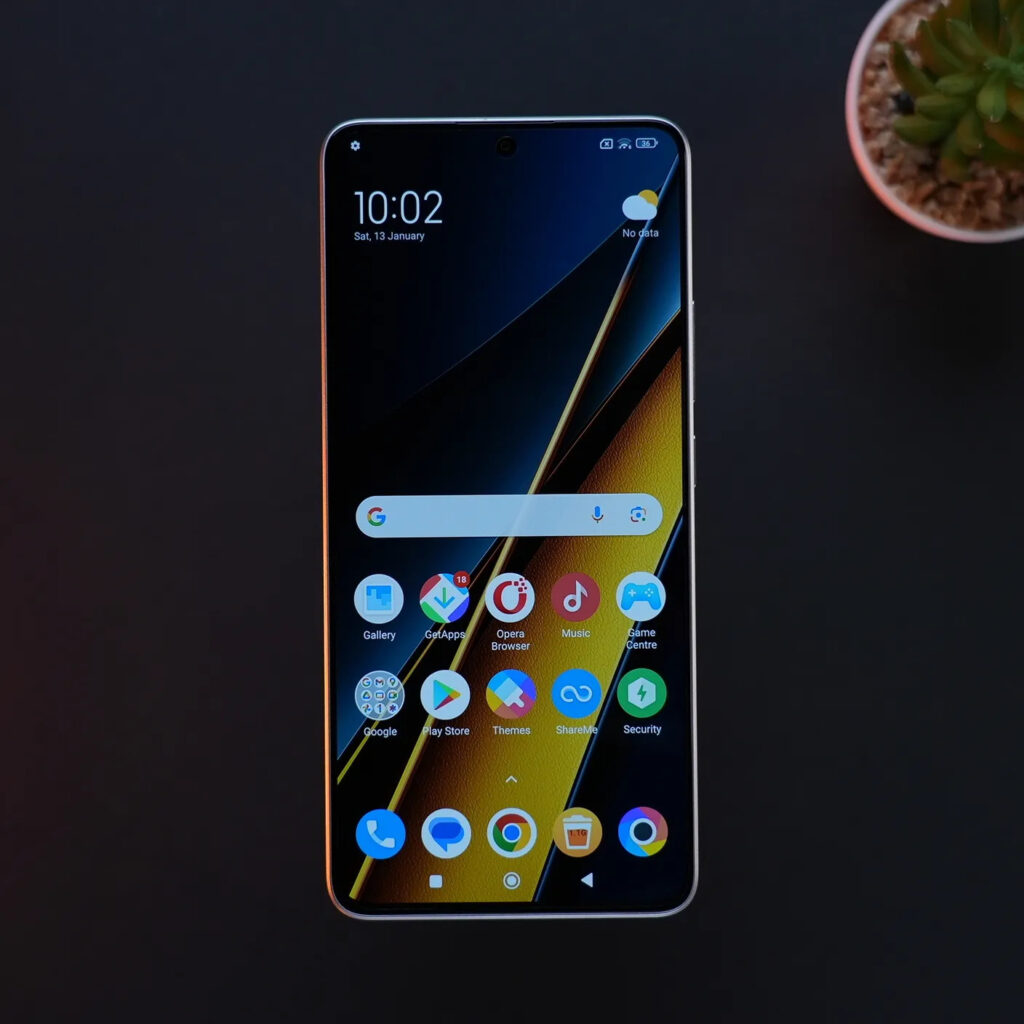
POCO F6 vs POCO X6 Pro: Performance
Poco F6 (Review) performed brilliantly, scoring over 1,500,000 on AnTuTu and achieving impressive Geekbench scores of 1,930 (single-core) and 5,017 (multi-core). Despite significant throttling during the Burnout CPU Throttle test, it wasn't noticeable in real-world use.
The phone handled heavy multitasking and demanding games like BGMI, Call of Duty, and Real Racing 3 with ease. After 30 minutes of gaming, the device heated up by about 15 degrees but maintained a stutter-free and frame-drop-free experience.
Poco X6 Pro (Review) also delivers impressive benchmark scores, with scores of 1,331,887 on AnTuTu, 1,355 (single-core), and 4,315 (multi-core) on Geekbench. In the CPU throttle test, it performs at 81 percent of its peak output without any significant heating.The POCO X6 Pro handles BGMI at maximum graphics and frame rate settings without any stutters or frame drops. Although it does get a little hot when used for long hours, it maintains proper thermal control.
POCO F6 vs POCO X6 Pro: Cameras
Poco F6 (Review) has a 50MP OIS Sony IMX882 primary sensor and an 8MP ultrawide lens with a 119-degree field of view. Although the ultra-wide lens has the same color calibration as the primary sensor, it suffers from edge warping and lacks detail.
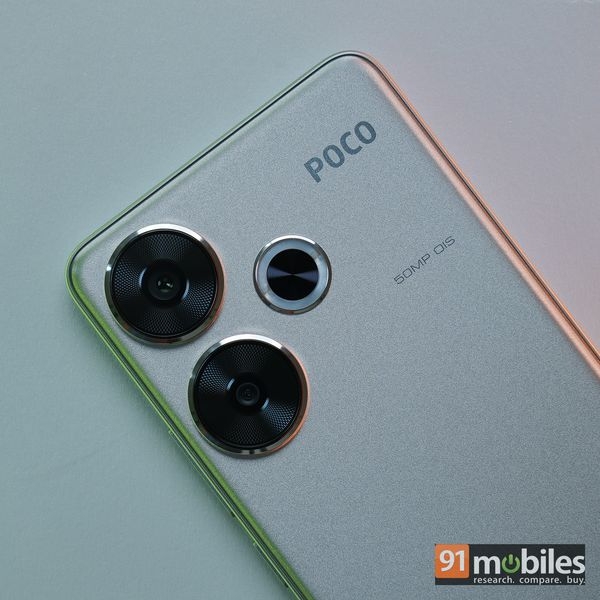
The 20MP front camera captures almost accurate skin tones in daylight, but there's little facial detail and noticeable smoothing. Edge detection is good in portrait mode, but the bokeh effect can look unnatural. Low-light photos have more noise and less detail, and while Night mode reduces noise, it reduces detail further.
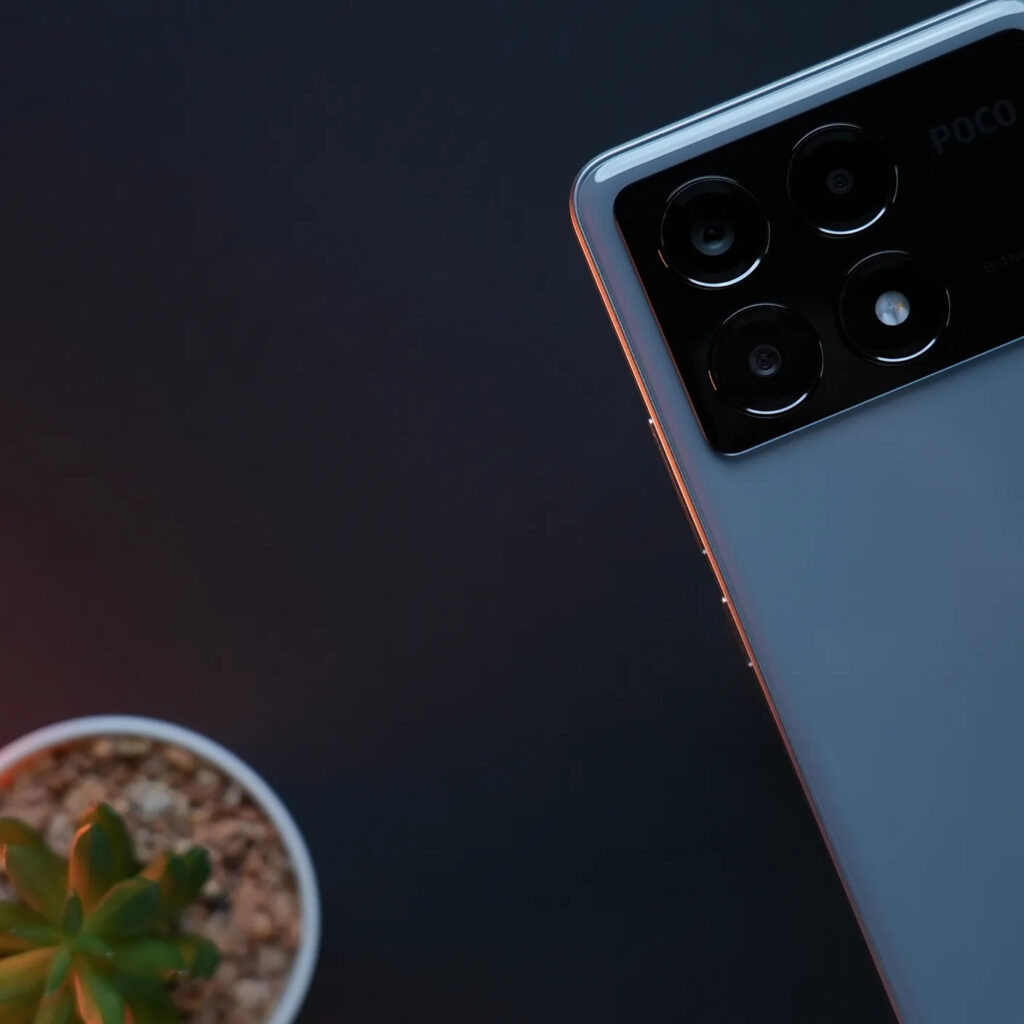
The POCO X6 Pro sports a 64MP primary camera with OIS and EIS for better stability, an 8MP ultra-wide, a 2MP macro camera, and a 16MP front camera. It delivers sharp photos even in low light, but there is a bit of noise and low detail exposure. Macro shots are good in good light and selfies are decent, but facial details get smoothed out. Portrait mode needs better edge detection.
POCO F6 vs POCO X6 Pro: Battery and charging
The POCO F6 has a 5,000mAh battery. It scored 11 hours and 42 minutes in the PCMark battery test. However, the battery life dropped by 24 percent after 30 minutes of heavy gaming. Despite this, the phone can easily last a day on a single charge. It comes with a 90W in-box charger that can charge the device from 20 to 100 percent in about 30 minutes.
The POCO X6 Pro also packs a 5,000mAh battery with 67W Turbo Charging. It charges from 0 to 100 percent in about 40-45 minutes and lasts a full day, even with gaming. Users can expect 5-6 hours of screen-on time with daily activities. The POCO X6 Pro scored 12 hours and 25 minutes in the PC Mark battery test.
POCO F6 vs POCO X6 Pro: Software
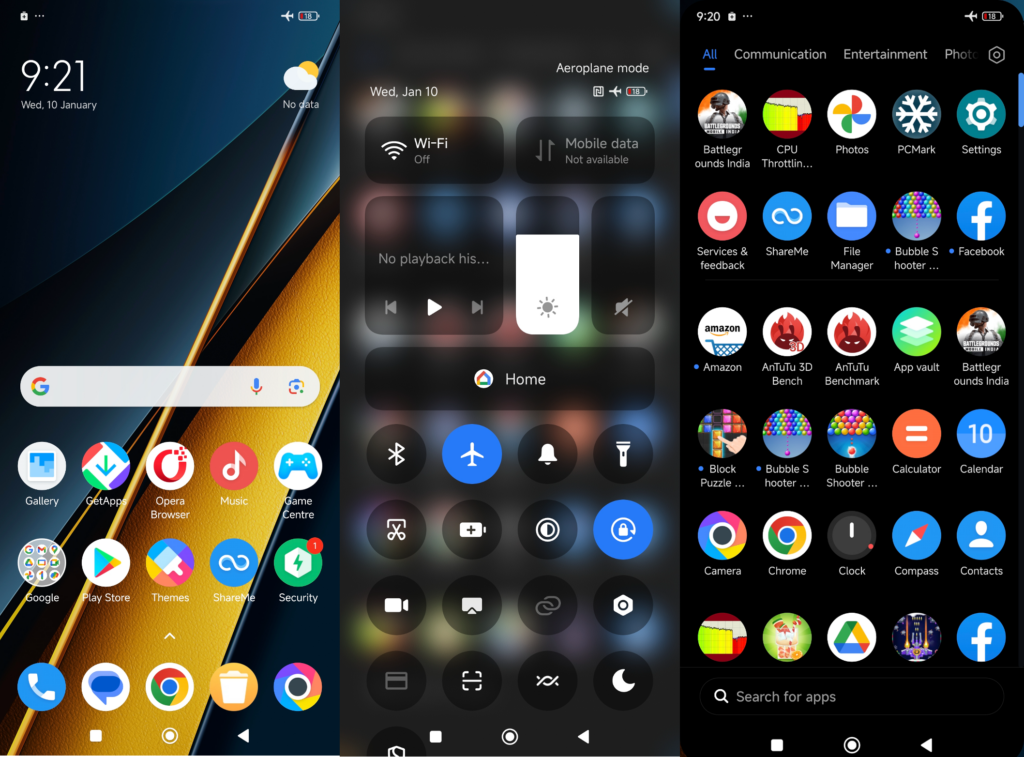
The POCO F6 and POCO X6 Pro come with HyperOS based on Android 14 out of the box. Both devices will get three years of major software updates and four years of security updates.
Decision
Considering every aspect of both the phones and their pricing, the POCO F6 seems to be a better option than the POCO X6 Pro in almost every use case. However, all this comes at a higher price than the POCO X6 Pro. So, if you are on a tight budget, choosing the POCO X6 Pro won't disappoint you as you won't miss out on much.



